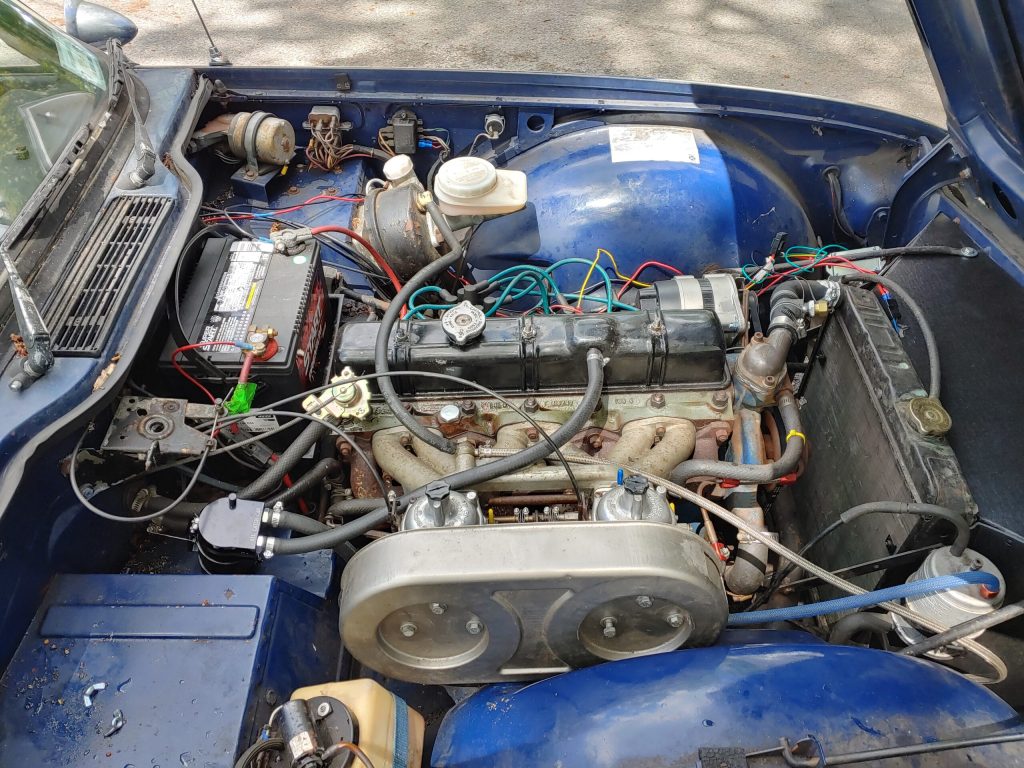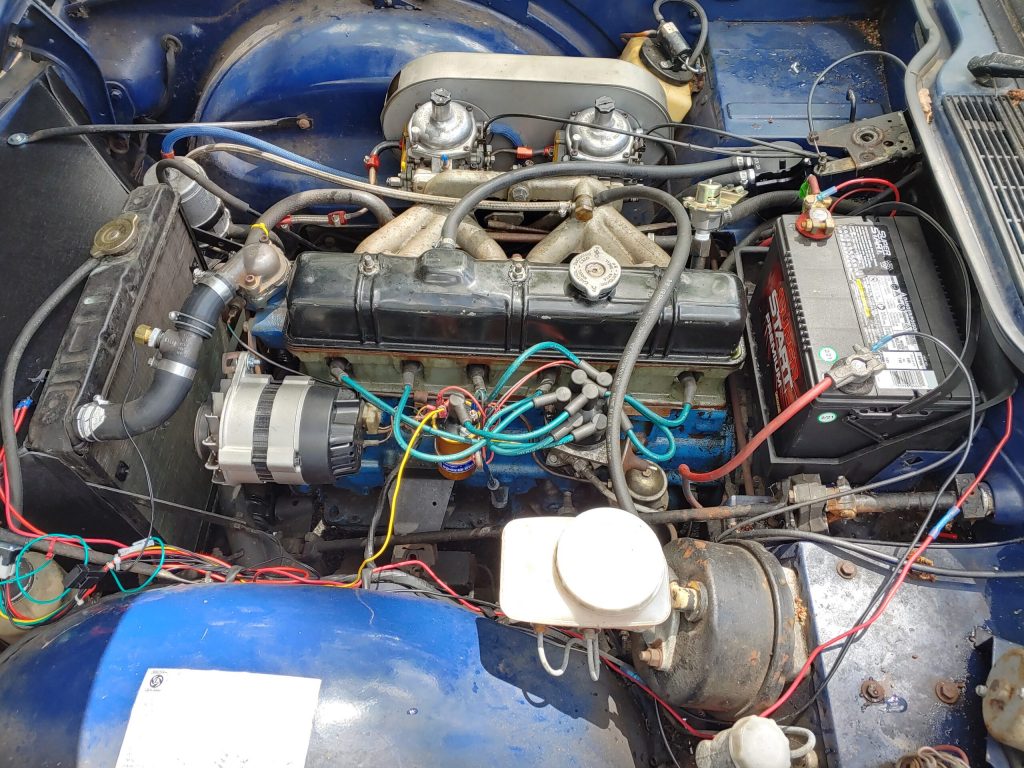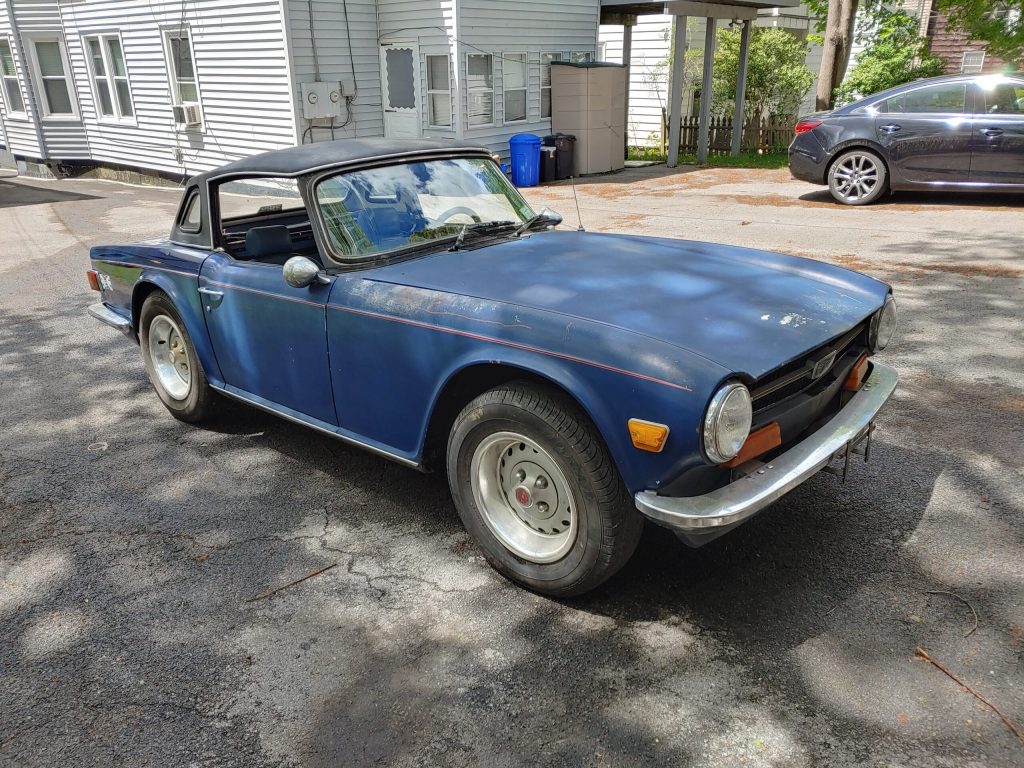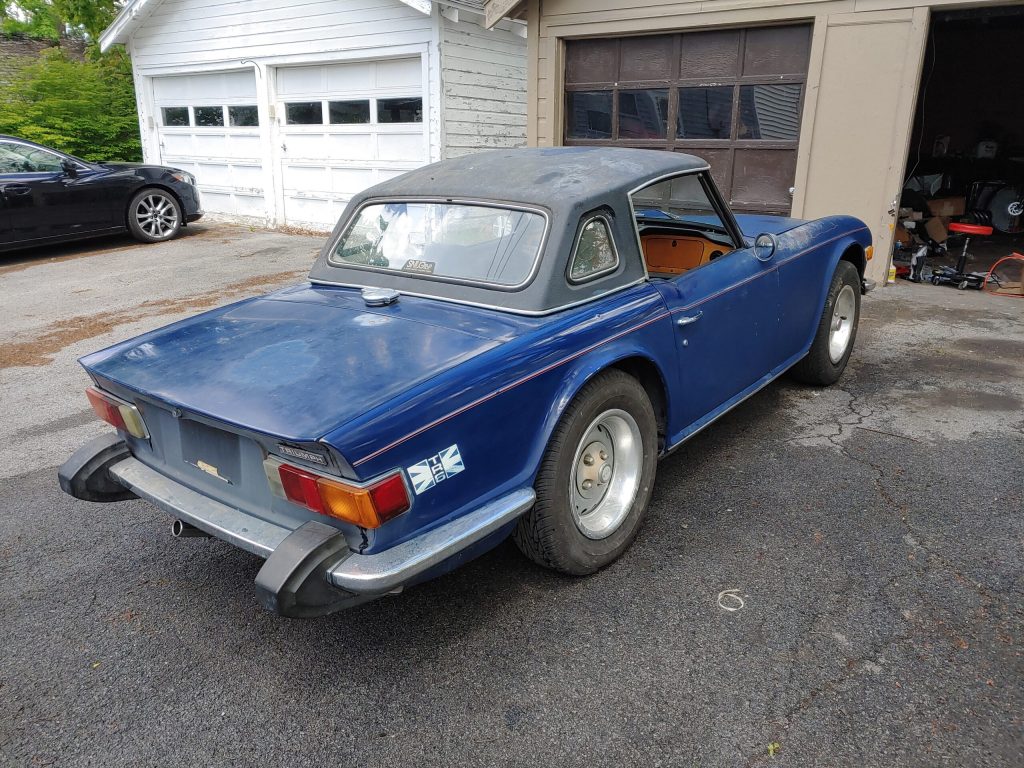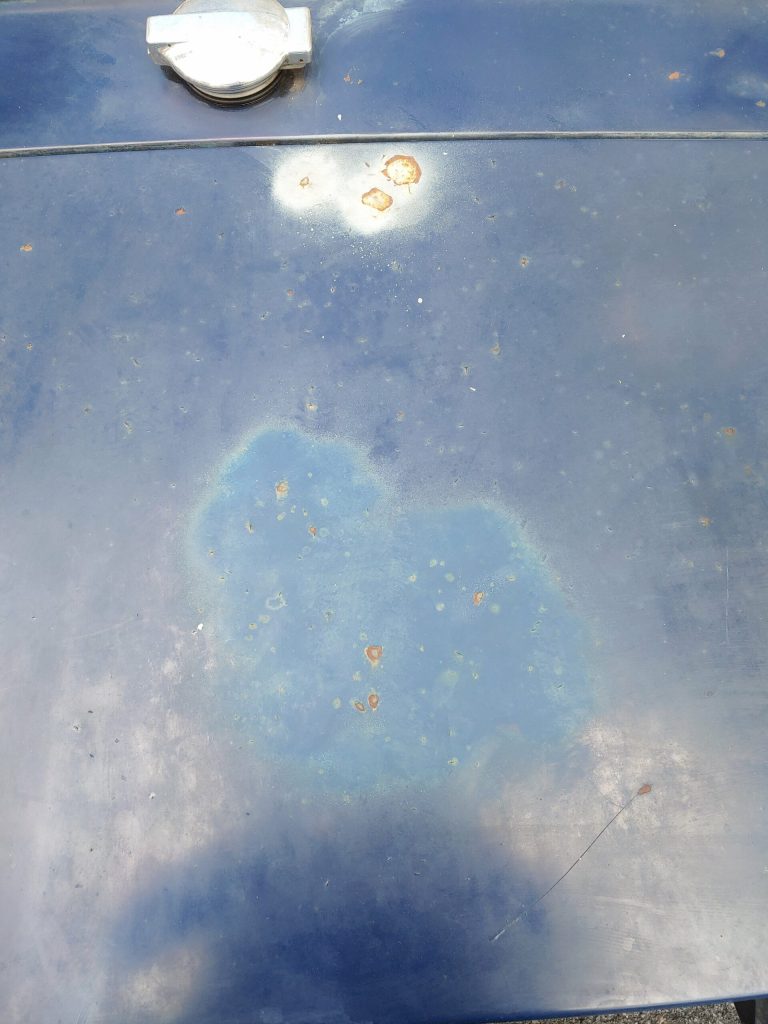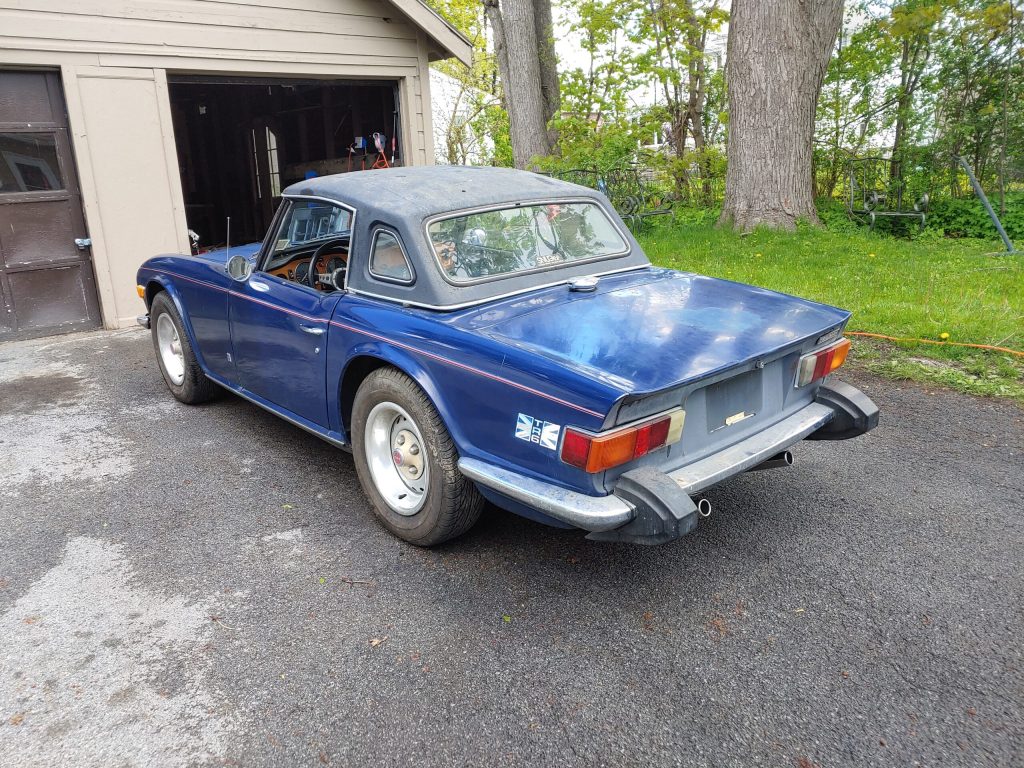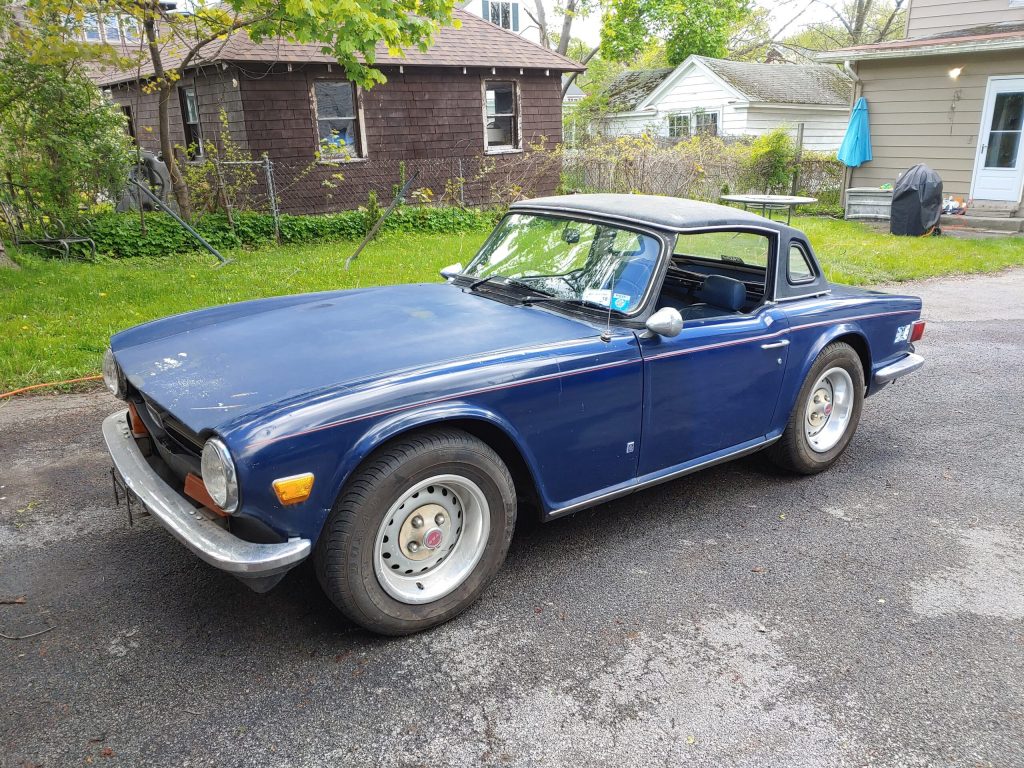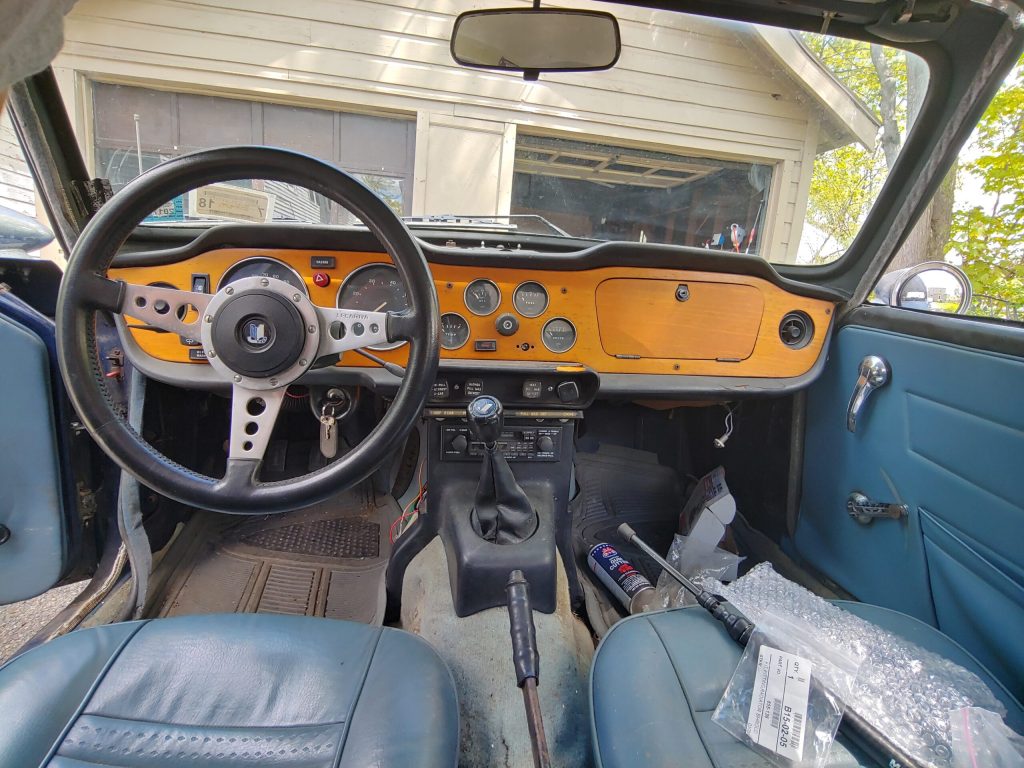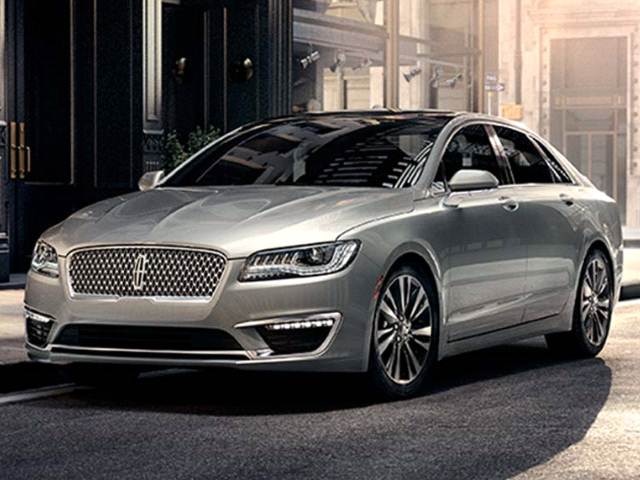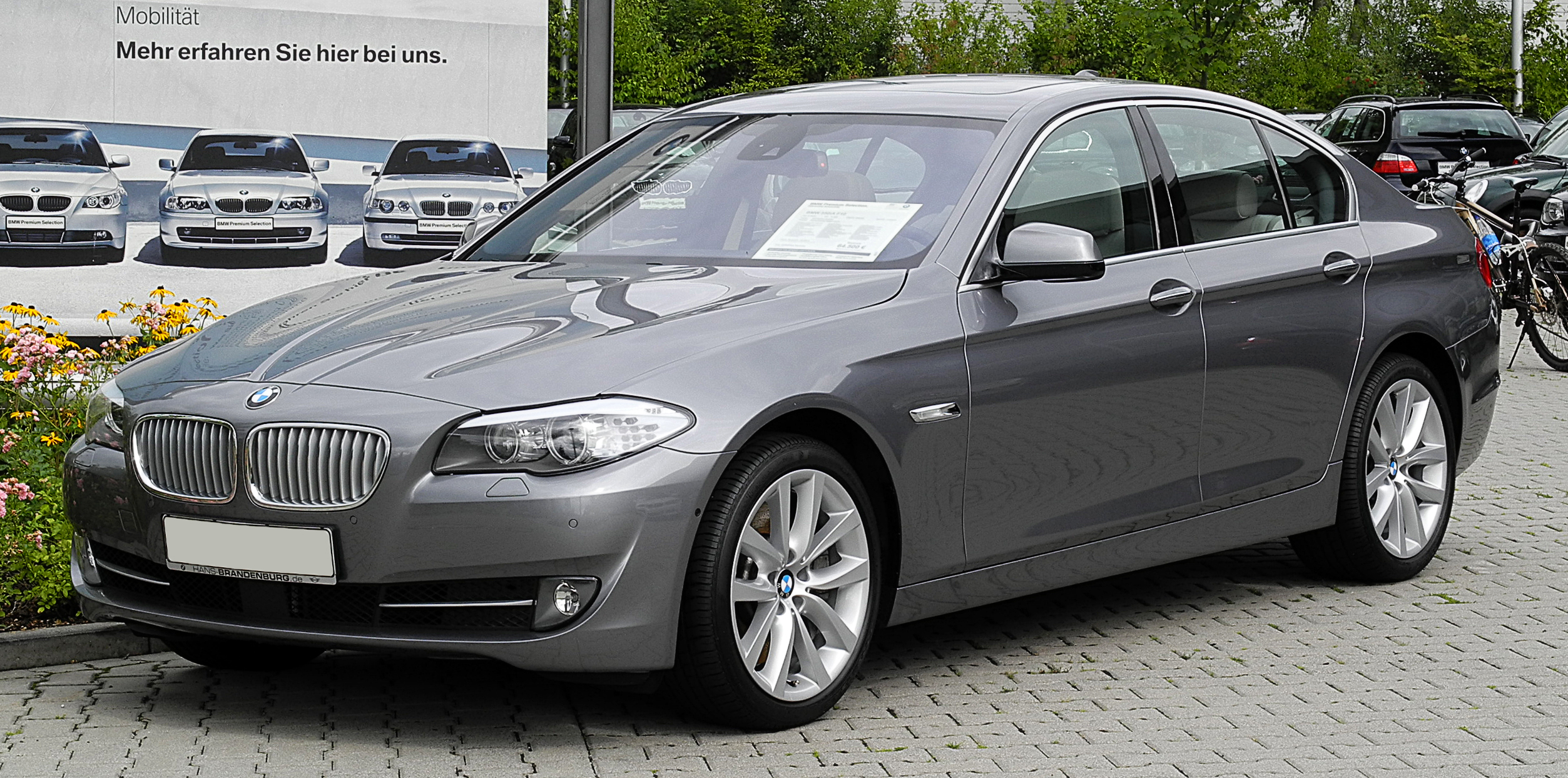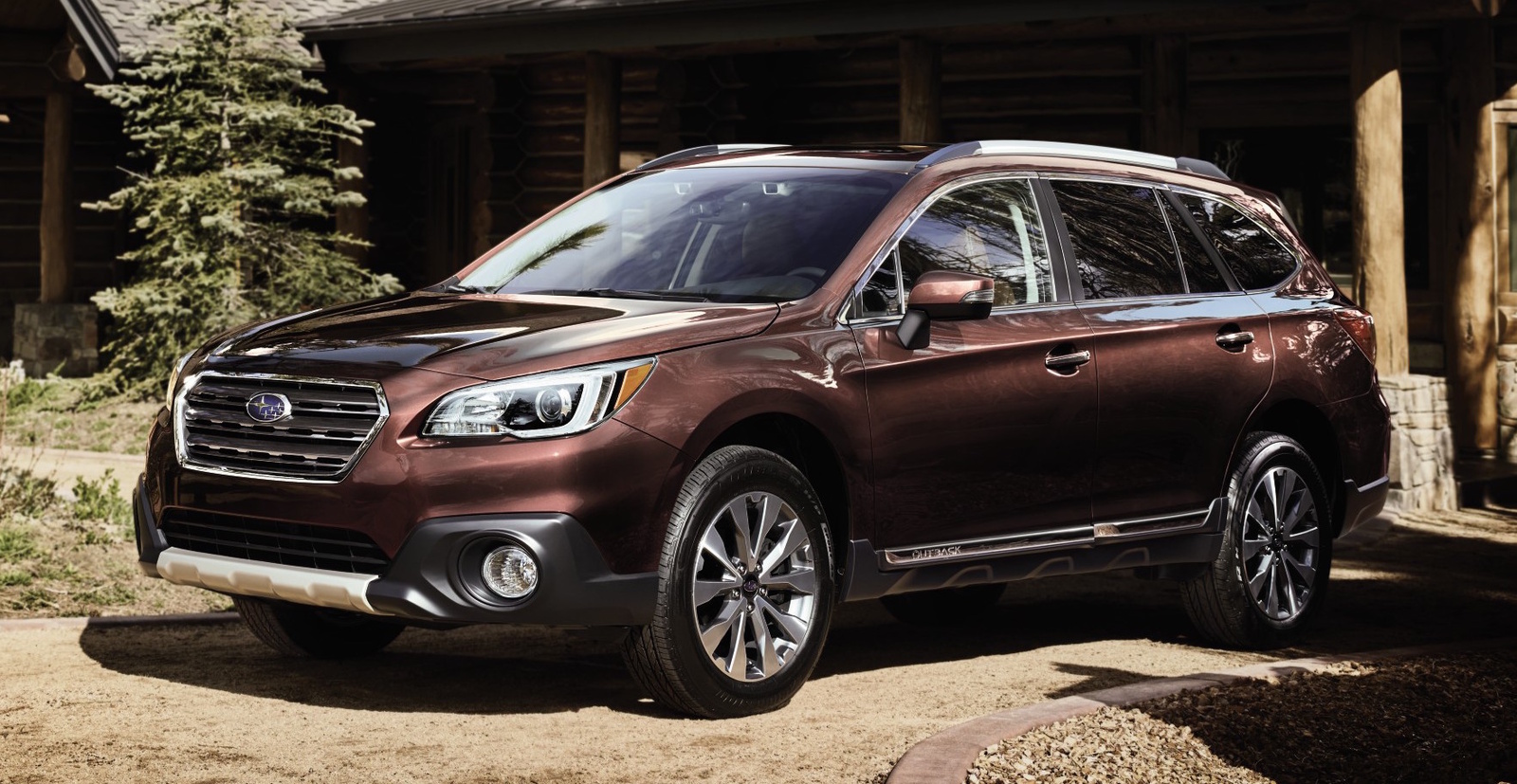My parents finally got a car, as I alluded to in the last post. To make a long, rambling story a bit shorter, a month or so ago my dad mentioned he found some extra money and he was interested in a larger down payment on whatever car he decided to buy. For a little while, we were thinking of leasing, but I think it starts to make less sense as your down payment increases. Plus shopping for a lease is a lot harder than shopping for what is essentially a cash deal. So I took another look at cars that might fit our criteria and I stumbled on the Mazda 6.
I, like a lot of people evidently, kind of forgot the 6 existed. Mazda has sold about 30,000 a year for the last five years or so. During the same time, they sold about five times as many CX-5s. Mazda considers the 6 their flagship though, and it shows. A few weeks ago my mom and I went to a local Mazda dealer to drive a new 2021 Mazda 6 Carbon Edition.
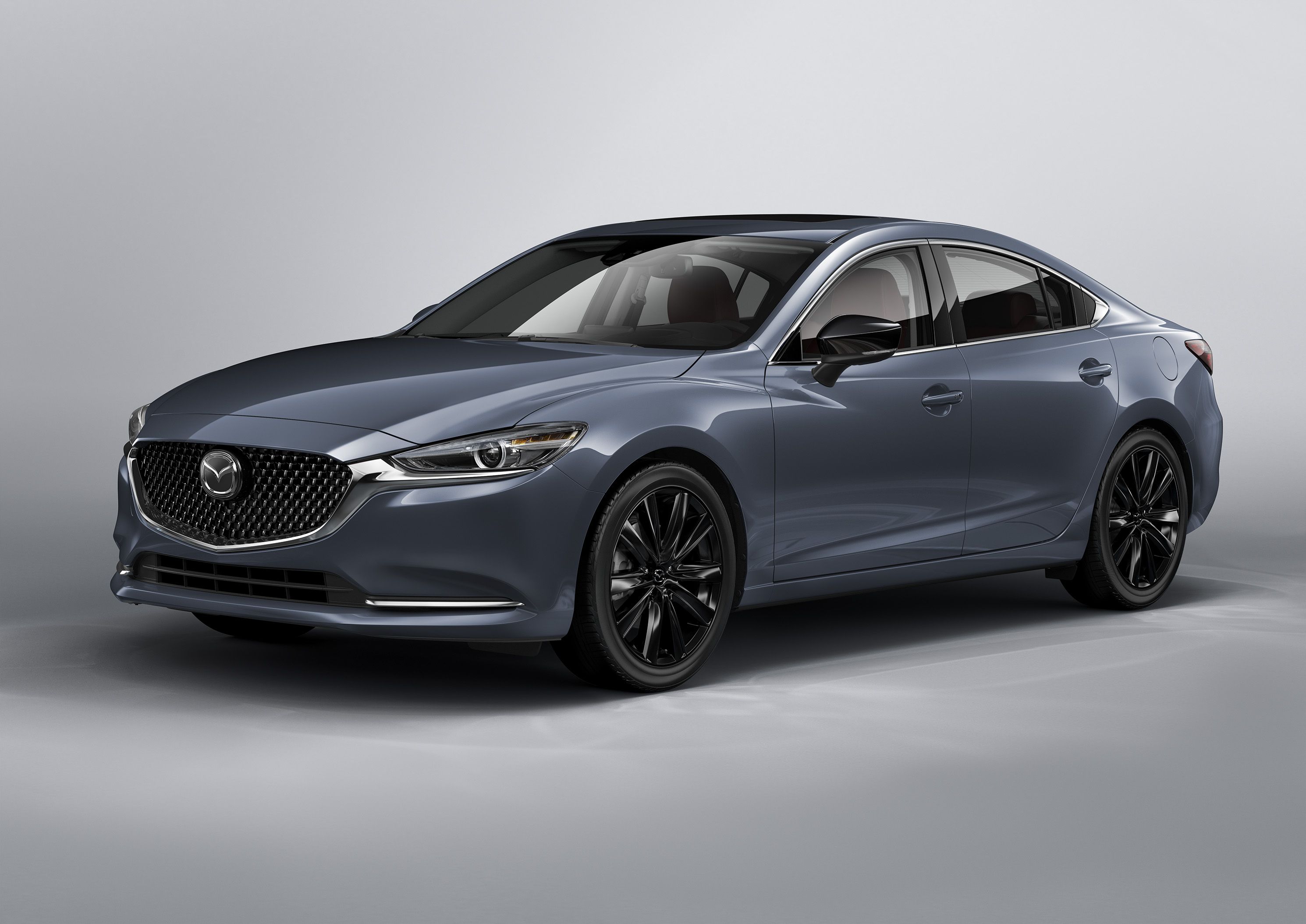
The Carbon Edition includes the same equipment as the Grand Touring Reserve trim, but adds exclusive colors for the body, wheels, and interior. The GTR trim is ridiculously well equipped; it’s probably easier to link to the brochure than list everything here. The exterior is very attractive, and the interior is even better.

We drove it and really liked it. The engine is a turbocharged 2.5-liter four cylinder, and while it isn’t super fast, it’s quick and very responsive. The transmission is probably the best automatic I’ve ever driven. It keeps the lock-up clutch engaged almost all the time, it doesn’t hunt for gears, it doesn’t downshift unless you prod the accelerator, but when you do it downshifts directly, with no hesitation. The new one we drove stickered at around $32,000, which was a bit much, but I think a good value if you have to have a new car. The one word I would use to describe this car is “refined.” Totally unlike older Mazdas. I set out looking for a used one within a reasonable distance from home.
I found a few from dealers in northern New Jersey and one from a dealer in Maine. We eventually got the one in Maine because it was the best overall combination of price and miles it seemed, plus it was white. And a really nice metallic white at that, called Snowflake White Pearl Mica. The interior was black, which is a good-enough color, but way better than the white that was also offered.

I drove it home from Maine, a trip of about four and a half hours. It’s a great car to drive. Very comfortable, plenty of passing power, adaptive cruise control, a heads up display, and auto-dimming mirrors; it makes for a great highway car. At the same time, the tight and eager steering and suspension make it fun to drive on curvy roads, too. I really can’t say enough good things about it. A few items aren’t my favorite, but they’re the typical Japanese car things and aren’t really worth talking about.
It’s finally done, for now at least, and my mom is very happy with the new car (especially the heated steering wheel). I think this car will end up being a good choice, with a great combinati0n of style, speed, comfort and reliability that probably couldn’t be matched with the Genesis and Lincoln models we were previously interested in.

